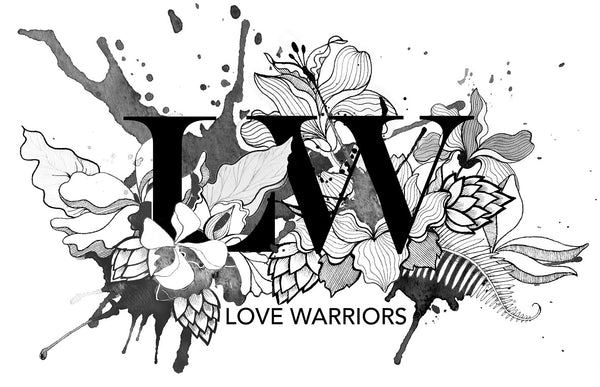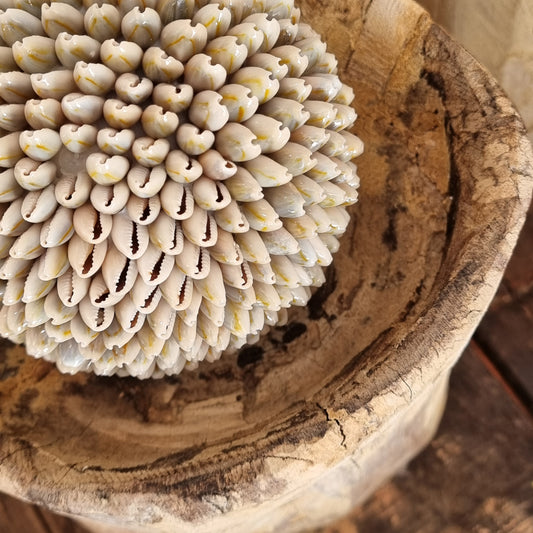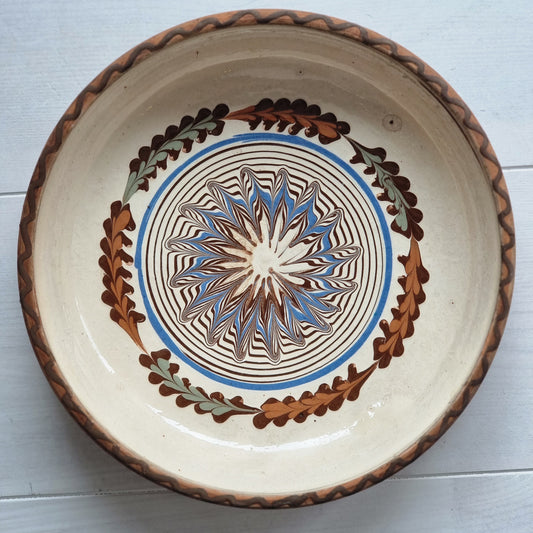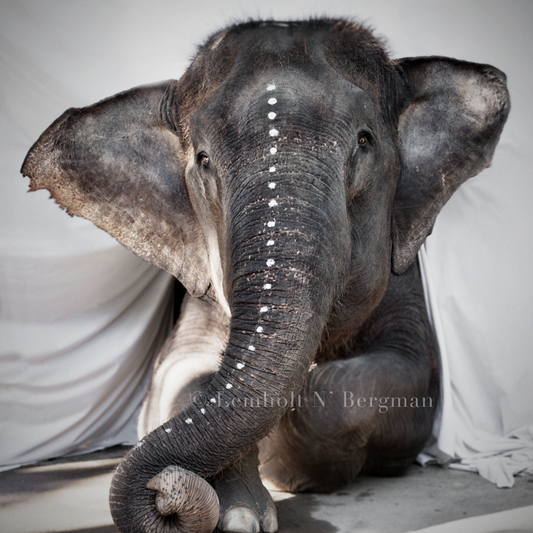Selecting the right paper thickness is a crucial factor when purchasing a poster, as it impacts both the quality and durability of your artwork. The thickness of the paper, often measured in grams per square meter (g/m²), affects how a poster looks and feels, which in turn can enhance or detract from the art experience.
-
Durability and Longevity
Thicker paper is generally more durable and better withstands stresses like moisture, bending, or handling. If you plan to hang your poster without a frame or glass, a thicker paper, such as 200 g/m² or more, will resist wear better. This is especially important if the poster will be displayed in high-traffic areas or in environments where it might be exposed to moisture, like kitchens or bathrooms. -
Quality Feel
A poster printed on thicker paper often gives a more professional and exclusive impression. It feels more solid and luxurious, which can enhance the artwork's perceived value and make it look higher-quality on the wall. Thinner posters, printed on paper under 150 g/m², can sometimes feel cheap and are more easily damaged during mounting. -
Color and Print Quality
Paper thickness also affects how colors and details appear. Thicker paper tends to absorb ink better, resulting in clearer colors and sharper details. This makes the artwork look more vibrant and defined.
Choosing the right paper thickness thus provides both aesthetic and practical benefits, making the poster more durable and visually appealing.





